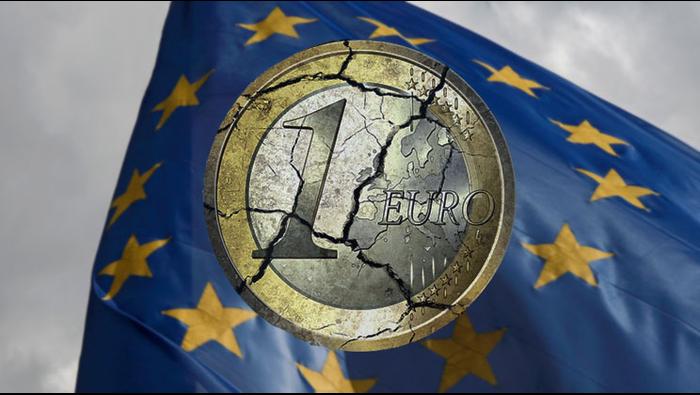Talking Points
- Currency market turnover fell in the three years to April ‘16, says BIS
- Emerging market FX gained market share at the expense of Euro, Yen
- USD increased global dominance, CNY now 8th most-traded globally
The Bank for International Settlements (BIS) released an update of the 2016 Triennial Central Bank Survey of foreign exchange. According to the report, trading in the FX market averaged roughly $5.1 trillion per day in April 2016. This is down compared with the roughly $5.4 trillion/day recorded in April 2013. However, the document pointed out that US Dollar appreciation between 2013 and this year was the main reason for the downtick. Keeping the greenback’s value constant at April 2016 exchange rates, turnover increased by about 4 percent.
Further, the BIS stated thatspot FX turnover declined for first time since 2001. Volumes fell by 19 percent to about $1.7 trillion per day in April 2016 from $2 trillion in 2013. Spot’s share of total foreign exchange market turnover fell by 5 percentage points to 33% over the same period. This slowdown was highlighted as the main driver behind the overall fall in global FX turnover in 2016 versus three years prior. On the flip side, turnover in FX swaps rose 6% to $2.4 trillion per day in April 2016. This was mainly driven by gains in swaps involving the Japanese Yen.
Finally, the BIS reported that the US Dollar remained the world’s dominant vehicle currency, with the benchmark unit being on one side of 88% of all trades in April 2016. This was up from 87% in April 2013. Meanwhile, the Euro’s market share fell to 31% through the same time frame. Currencies including the Yen, Australian Dollar, and Swiss Franc also slid down the ranks. Several emerging market currencies gained significant ground however. The Chinese Renminbi showed particular prowess on this front, overtaking the Mexican Peso to become the world’s eighth most-traded currency.





